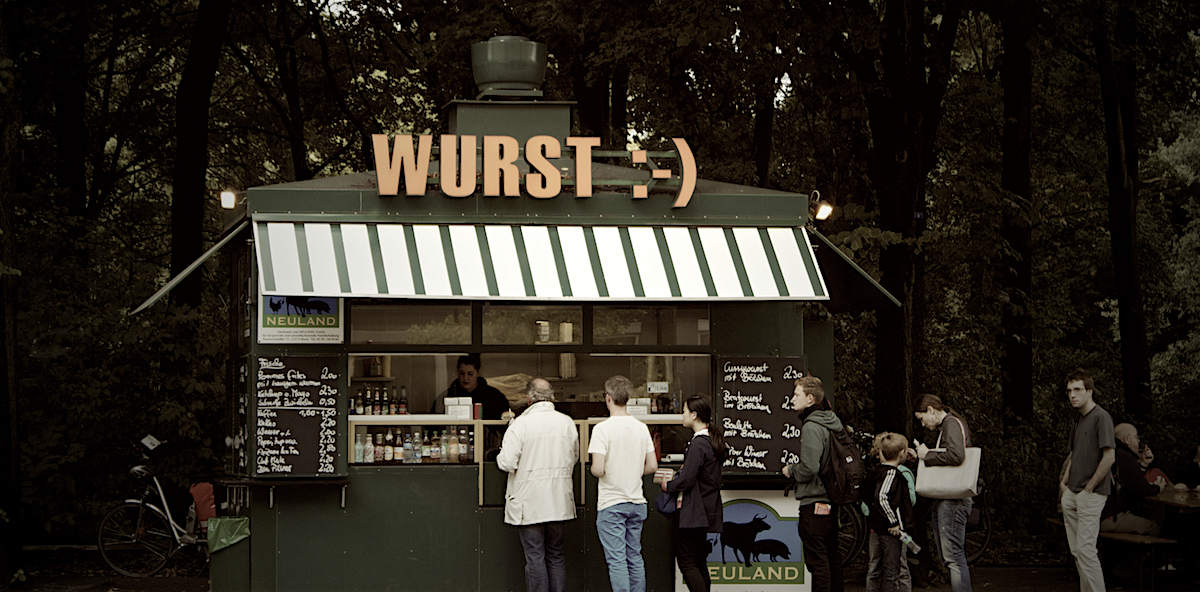 The role of Information Technology continues to expand in the restaurant industry. The ability to increase productivity, monitor and analyze data, and effectively manage operations has grown in tandem with the programs that are used to operate restaurants.
The role of Information Technology continues to expand in the restaurant industry. The ability to increase productivity, monitor and analyze data, and effectively manage operations has grown in tandem with the programs that are used to operate restaurants.
As the general public’s use for technology has spread, technology has adapted to the public’s tastes, designing and developing applications that are meant to be intuitive and easy to use. This “consumerized” technology has many notable benefits, which can make it easy to ignore their flaws.
What is Technology Consumerization?
Gartner’s IT Glossary defines the consumerization of technology like this:
“Consumerization is the specific impact that consumer-originated technologies can have on enterprises. It reflects how enterprises will be affected by, and can take advantage of, new technologies and models that originate and develop in the consumer space, rather than in the enterprise IT sector. Consumerization is not a strategy or something to be ‘adopted.’ Consumerization can be embraced and it must be dealt with, but it cannot be stopped.”
“Consumer-oriented technologies” refers to the surge of personal digital devices like smartphones and tablets in everyday life. This technology has expanded consumer power and raised their expectations for response, convenience, consistency, and customization.
In the restaurant, consumerization has contributed to the growth of Bring Your Own Device (BYOD) policies, which allow servers and staff to use their personal smartphones or tablets for on-the-job tasks like order entry. Restaurateurs should be aware of the drawbacks of these policies, and consumerized technology in general, before embracing it in their businesses.
The 5 Worst Effects of Consumerized Technology for Restaurants
1) Increased Security Threats
Consumerization is one trait of our increased reliance on technology. For the restaurant industry, technological growth also includes Software as a Service (SaaS) and cloud-based computing for POS systems.
This expansion of technology has made securing data an ongoing challenge. While data breaches at large corporations like Home Depot and Target generate headlines, policies like BYOD are also at the forefront of this security issue. Allowing employees to access your restaurant’s operating systems through their own devices can make your data vulnerable to hackers.
Restaurants or franchises considering a BYOD policy will need to address the inherent security issues created by allowing employees to log on to your systems from their own (potentially unsecured) digital devices.
Click here for more on BYOD policies and best security practices.
2) Bad Reviews from Crowdsourced Websites
Expanding your restaurant’s technological capabilities can extend beyond the four walls of your building. Establishing your presence online through a responsive website, ordering app, and social media channels can build your brand and lead to increased sales and traffic.
 Joining the world of social networks – especially crowdsourced review sites like Yelp – can be as harmful as it is helpful. Too many negative reviews from customers, even if they are baseless or outright lies, can hurt your restaurant’s reputation and keep people away as much as good reviews bring them in.
Joining the world of social networks – especially crowdsourced review sites like Yelp – can be as harmful as it is helpful. Too many negative reviews from customers, even if they are baseless or outright lies, can hurt your restaurant’s reputation and keep people away as much as good reviews bring them in.
Forty-three percent of restaurants surveyed by Tundra Specialties, a restaurant equipment and supplies distributor, said that Yelp poses a problem for their business “because it basically gives customers carte blanche to say whatever they want about a restaurant. A lot of the reviews can be very damaging,” Daily Deal Media reports.
The same survey found that 41% of respondents consider Groupon to be most detrimental among restaurant-related apps because the deep discounts that “stingy customers” capitalize on through Groupon offers does not lead to increased business.
Restaurant owners and managers can respond to negative reviews on sites like Yelp through the site’s public comment forum, but responding quickly to an unhappy customer requires constantly monitoring your Yelp page – as well as your other social media sites.
Click here for our post on managing your social media and online presence.
3) Growing Investment Costs
Implementing consumerized technology in your restaurant requires significant upfront costs. A BYOD policy will mean outfitting your restaurant with a wireless network, improving data security and addressing device usage costs. If you would prefer to own all of the devices in your restaurant, the cost of tablets – and any proprietary menu or ordering applications to go with them – will be an issue. And this doesn’t address the cost of a new POS or other hardware upgrades.
Of course, investing in your restaurant’s operations and infrastructure will always have a cost. But you’ll also have to invest in staff and manager training, and the monthly usage and support costs necessary for a cloud-based POS or Software as a Service.
Interested in learning more about SaaS vs. on-premises software? Click here.
 4) Overreliance on Technology
4) Overreliance on Technology
While many restaurants are using consumerized technology to make communication easier and employees more productive, relying too much on these systems can become a liability.
Tech-based problems can range from a data breach, to a glitchy system that constantly requires rebooting, to a “dead” corner of your restaurant that isn’t reached by your wireless network.
You can prepare your restaurant and your team for any potential breakdowns in the system by creating a plan for operating without your digital devices. Writing orders down on a pad of paper and manually swiping credit cards may seem passé for a team used to instant communication via tablets and smartphones, but the ability to keep your restaurant open in spite of technical problems may prove to be invaluable.
5) Lack of Personal Interaction
This effect of consumerized technology is closely related to the overreliance discussed above. Restaurants that are quick to jump on the emerging technology train – such as those racing to put new tablets at guest tables, in the hands of servers, at the front desk and in the kitchen – need to ensure that their customers are still getting the person-to-person contact that can make a meal memorable.
Ideally, these new tech-based avenues will be used to supplement high-quality customer service, not replace it. Managers and staff need to make a concerted effort to continue providing the attention that guests expect when they visit your restaurant. Your patrons will only appreciate the cutting-edge innovations if they leave satisfied with their overall experience.
